The 2024-2025 dry season in the Mekong Delta (including Vinh Long) has passed half of its stage. Since the beginning of the season, there have been periods when saline intrusion (SID) has increased dramatically but not for as long and as severely as it did in extreme years (2015-2016 and 2019-2020 dry seasons), in which upstream water sources directly reduced the area and volume of SID.
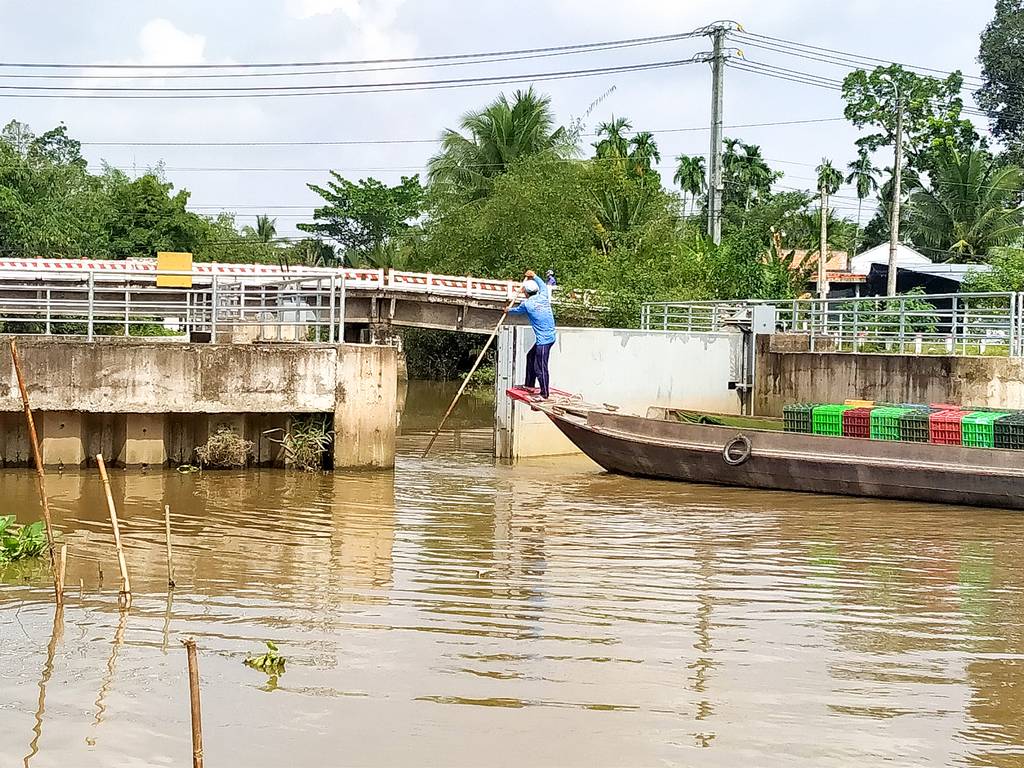 |
| Localities in Vinh Long province proactively take and store water when salinity intrusion decreases in rivers and canals. |
Saltwater intrusion comes earlier than every year
According to the Southern Institute of Water Resources Research, salinity in the 2024-2025 dry season in the Mekong Delta will come early and increase dramatically at the beginning of the season. During the high tide period at the end of last year (from December 24 to 30, 2024), salinity appeared at a high level, about 1.5 months earlier than the average of many years (TBNN) and increased abnormally on the Mekong River mouths compared to the same period in 2015 and 2023. In Vinh Long, from December 27, 2024, salinity began to appear on the Co Chien River in Vung Liem district and increased to the highest level on December 28 and 29, from 2.7 to 4.5‰.
After that, the salinity in the Mekong Delta continued to rise during the high tides in late January, late February, early and late March 2025. In our province, the salinity in the Co Chien River branch rose to a level approximately equal to or slightly higher than the highest salinity (salinity peak) in 2021-2024, but it was lower on the Tien and Hau rivers; XNM generally did not cause much impact and damage.
Specifically, in January 2025, the salinity of rivers and canals in the Mekong Delta region increased during the high tides during the Tet holiday of At Ty 2025 (from January 27 to February 1), reaching the salinity boundary of 4‰ at the mouths of the Mekong River 42-60km from the sea. In our province, the highest salinity appeared on January 28 at a level approximately equal to and 0.1-2.1‰ higher than the same period in 2024. In particular, on the Co Chien River, in Vung Liem district (42-60km from the sea), the salinity reached a fairly high level, measured at 4.5-6.1‰, but still lower than the salinity peak in 2020 (the year of record high salinity) from 1.7-4.2‰; On the Hau River, in Tra On District (60-65km from the estuary), salinity is lower than 0.5‰ and on the Tien River, in Long Ho District, salinity is measured at 0.2‰.
In February, the salinity of rivers and canals in the Mekong Delta region increased but was lower than in January, the salinity boundary of 4‰ was at the mouths of the Mekong River 42-55km from the sea. In Vinh Long, the highest salinity of the month appeared on February 26-27; the salinity on the Co Chien River, the section belonging to Vung Liem district reached 2.7-5.8‰ (0.3-1.8‰ lower than the highest salinity in January); however, the salinity on the Hau River, the section belonging to Tra On district, was higher than in January, in Tich Thien commune it was measured at 2.4‰ (2‰ higher than in January, but still lower than the salinity peak in 2020 of 5.4‰); on the Tien River, the section belonging to Long Ho district and inland, it was still lower than 0.5‰.
At the end of March, the salinity of rivers and canals in the Mekong Delta region increased again, the salinity boundary of 4‰ was reached at the mouths of the Mekong River 45-65km from the sea. In Vinh Long, the highest salinity of the month appeared on March 28-29. In particular, on the Co Chien River, in Vung Liem District, the salinity was measured at 4.9-6.2‰, the highest level since the beginning of the dry season, but still 1.5-4‰ lower than the peak salinity in 2020. On the Hau River, the salinity in Tra On District was 0.5‰ lower and 2‰ lower than the highest salinity in February; and on the Tien River, in Long Ho District, it was only 0.1‰.
Previously, from March 21 to 27, salinity in the coastal areas of the Mekong Delta tended to decrease, the lowest 4‰ salinity boundary depth on the Mekong River mouths was from 30-40km, except for the Ham Luong River branch about 50-52km, areas 35-40km or more from the river mouth received abundant fresh water.
Factors contributing to reducing saltwater intrusion
According to the assessment of the Southern Institute of Water Resources Research, although salinity increased dramatically in the Mekong Delta at the end of the first months of the 2024-2025 dry season, in general, since the beginning of the season, salinity has not lasted as long and not as severe as it happened in extreme years (dry seasons 2015-2016 and 2019-2020), in which weak upstream water sources directly reduced the area and volume of salinity. The impact of salinity is forecast to continue to decrease from now until the end of the dry season.
Accordingly, in late December 2024 and January 2025, XNM increased dramatically in the Mekong Delta estuaries; the cause was the influence of low pressure in the South East Sea combined with the strong Northeast monsoon moving southward, coinciding with the high tide in early December 2024 and January 2025.
In February 2025, for two consecutive weeks from February 7-20, water discharge from Jinghong Hydropower Plant (in China, a hydropower reservoir with a capacity of 249 million m3, controlling most of the Mekong River water) to the downstream ranged from 632-642 m3/s, the lowest two weeks of water discharge since the beginning of the dry season this year. Reservoirs in the lower Mekong River basin had 66-67.8% of their total useful capacity. This was the reason for the increase in XNM in the coastal areas of the Mekong Delta in late February.
From February 21, the water discharge from Jinghong Hydropower Plant began to increase the amount of water discharged downstream; the discharge flow fluctuated from 650-1,598 m3/s (from February 21-27) and always maintained a high discharge level in March, fluctuating from 1,371-2,259 m3/s, causing the XNM in the coastal area of the Mekong Delta to decrease significantly during this period.
However, in the last week of March, the salinity of rivers and canals in the Mekong Delta increased again due to strong monsoon winds and the amount of water discharged from upstream to downstream decreased slightly compared to February (from March 21 to 27, water discharged from Jinghong Hydropower Plant to downstream fluctuated from 1,010 to 2,032 m3/s).
The water storage of hydropower plants in the Mekong basin is currently higher than the same period in previous years, along with the water discharge maintained at a high level from February 21 to the end of March, causing more water to flow to the lower Mekong River.
As of March 27, the water level at Kratie (Cambodia) was at 7.87m, higher than the average water level of many years, compared to the dry seasons of 2023-2024, 2022-2023, 2019-2020 and 2015-2016 by 0.36m, 0.93m, 1.03m and 1.03m respectively; the water flow at this station in March reached quite high at 3,801 m3/s (1,008 m3/s higher than the same period in 2024 and 14 m3/s higher than the same period in 2023). At the headwaters of the Mekong River, the water levels at Tan Chau and Chau Doc stations (March 27) reached 1.24m and 1.47m respectively.
The abundant water supply to the delta raises the water level of rivers and canals in the downstream area and has a positive impact in solving the water shortage situation in many localities in the Mekong Delta, preventing salinity from encroaching deep into the delta, and preventing salinity from rising as high as in the extreme years of 2016 and 2020. In addition, unseasonal rains occurring frequently in the early months of the dry season and low temperatures have contributed to reducing the impact of salinity compared to previous forecasts.
On the other hand, the increased water discharge from February 21 to now has a positive impact on reducing salinity in the second half of March and will still affect April 2025. From now until the end of April, salinity is forecasted to rise again during the high tide from April 27-30, but at a lower level than what happened before. The maximum salinity depth corresponding to 4‰ on river mouths is about 40-50km, except for the Ham Luong river branch which can reach 55-57km.
However, according to experts, the water source to the Mekong Delta in the last months of the dry season this year depends entirely on the water source from upstream reservoirs. Localities need to regularly monitor water sources and be ready to deploy response measures.
Article and photos: THANH THANG
Source: https://baovinhlong.vn/tin-moi/202504/xam-nhap-man-o-dbsclse-bot-gay-gat-1997602/




![[Photo] Unique folk games at Chuong Village Festival](https://vstatic.vietnam.vn/vietnam/resource/IMAGE/2025/4/10/cff805a06fdd443b9474c017f98075a4)

![[Photo] April Festival in Can Tho City](https://vstatic.vietnam.vn/vietnam/resource/IMAGE/2025/4/10/bf5ae82870e648fabfbcc93a25b481ea)
![[Photo] Opening of the 11th Conference of the 13th Party Central Committee](https://vstatic.vietnam.vn/vietnam/resource/IMAGE/2025/4/10/f9e717b67de343d7b687cb419c0829a2)






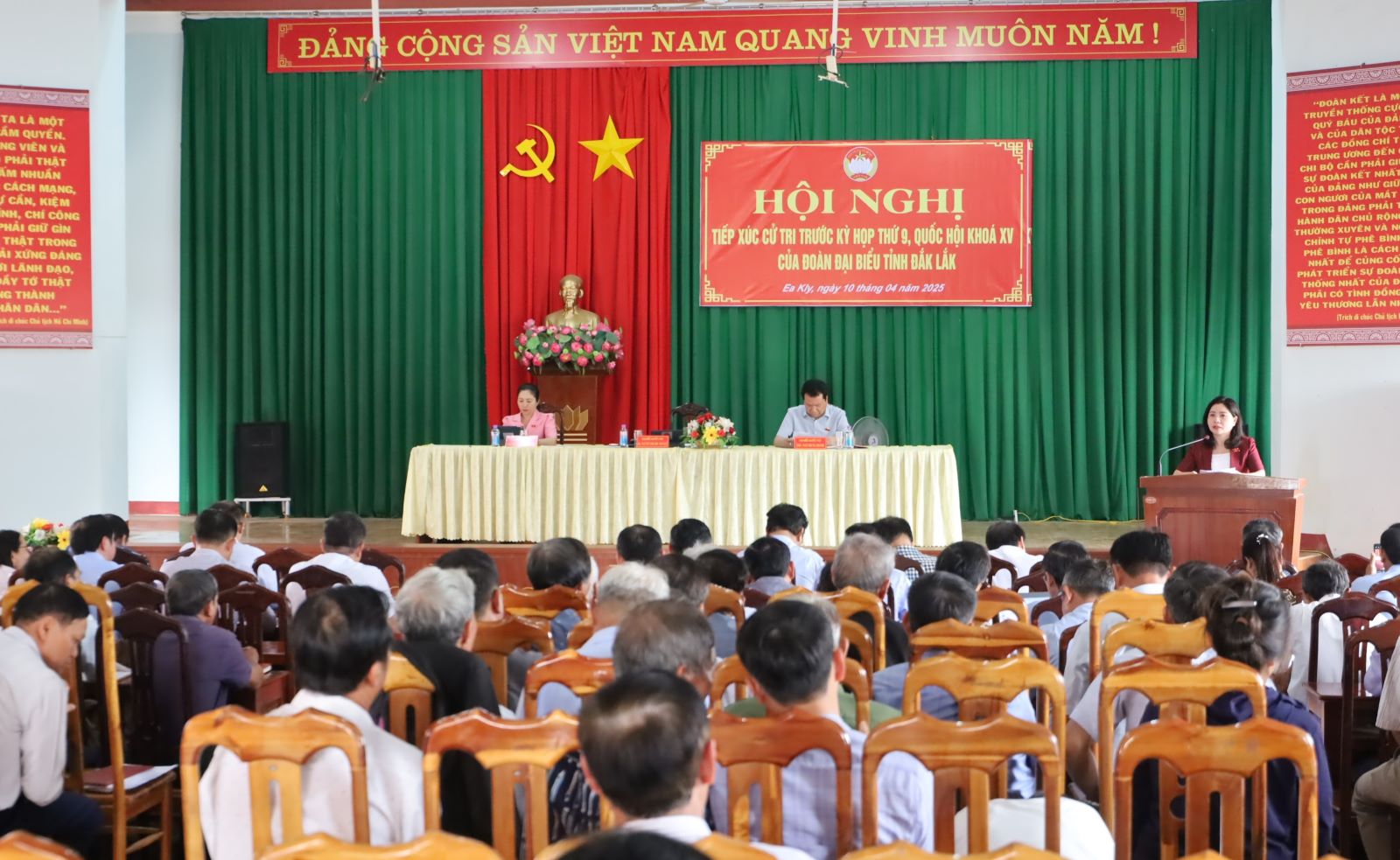
![[Infographic] Diverse activities of the 4th Dong Thap Province Book and Reading Culture Day in 2025](https://vstatic.vietnam.vn/vietnam/resource/IMAGE/2025/4/10/a5f00b7d966a475d891f3c3e528c9a66)


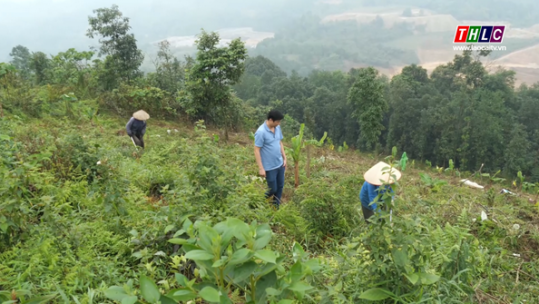
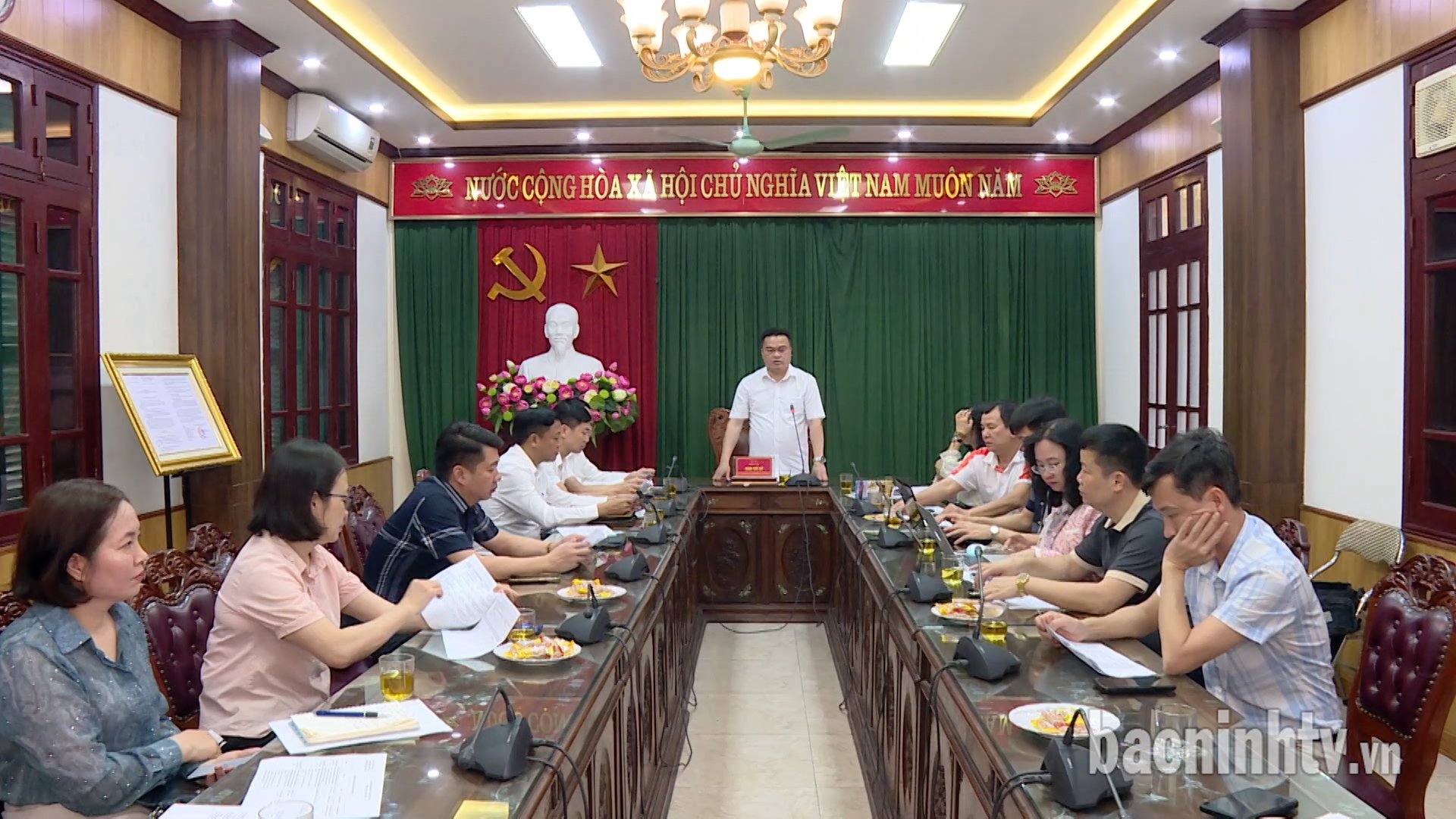






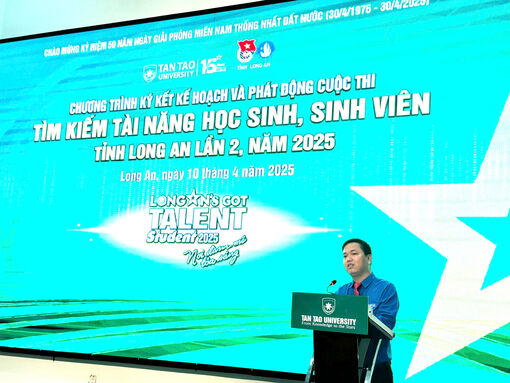
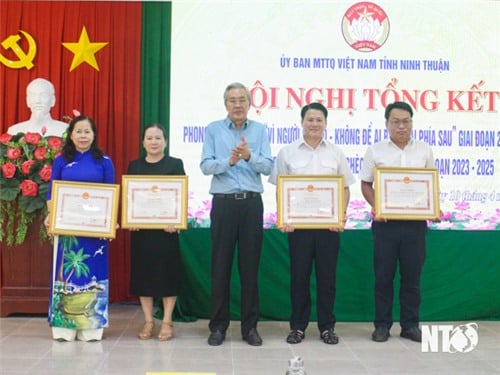

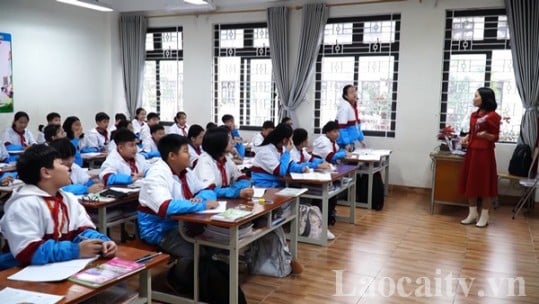












































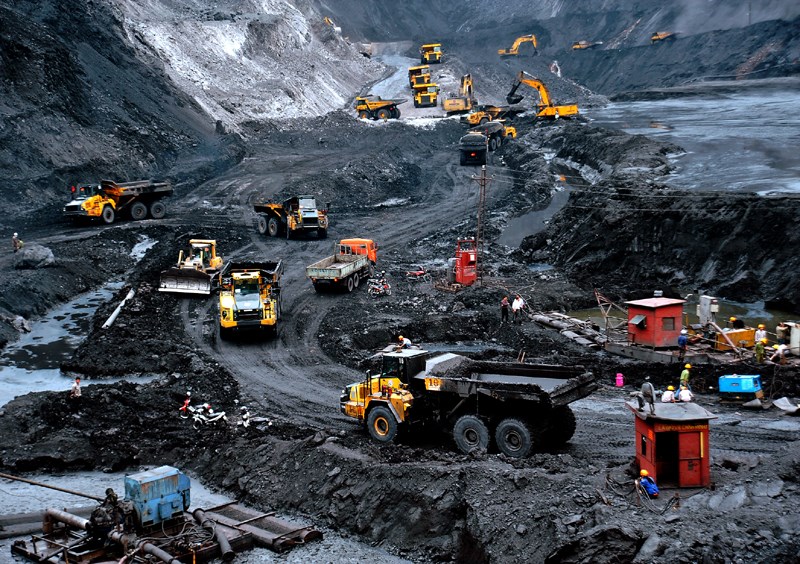









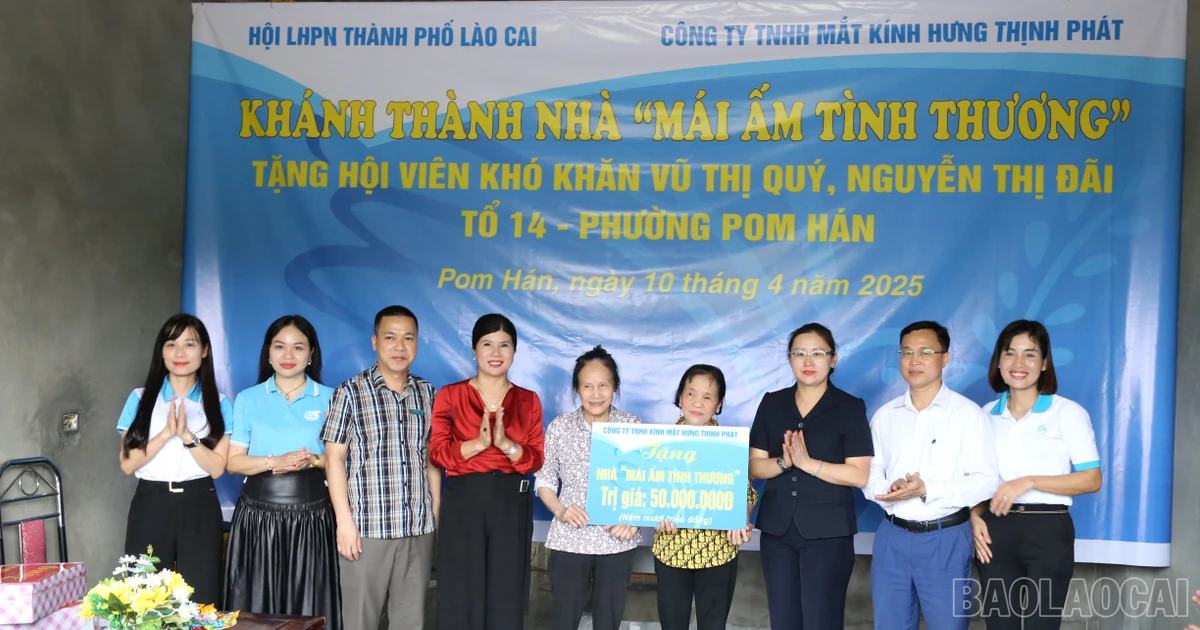
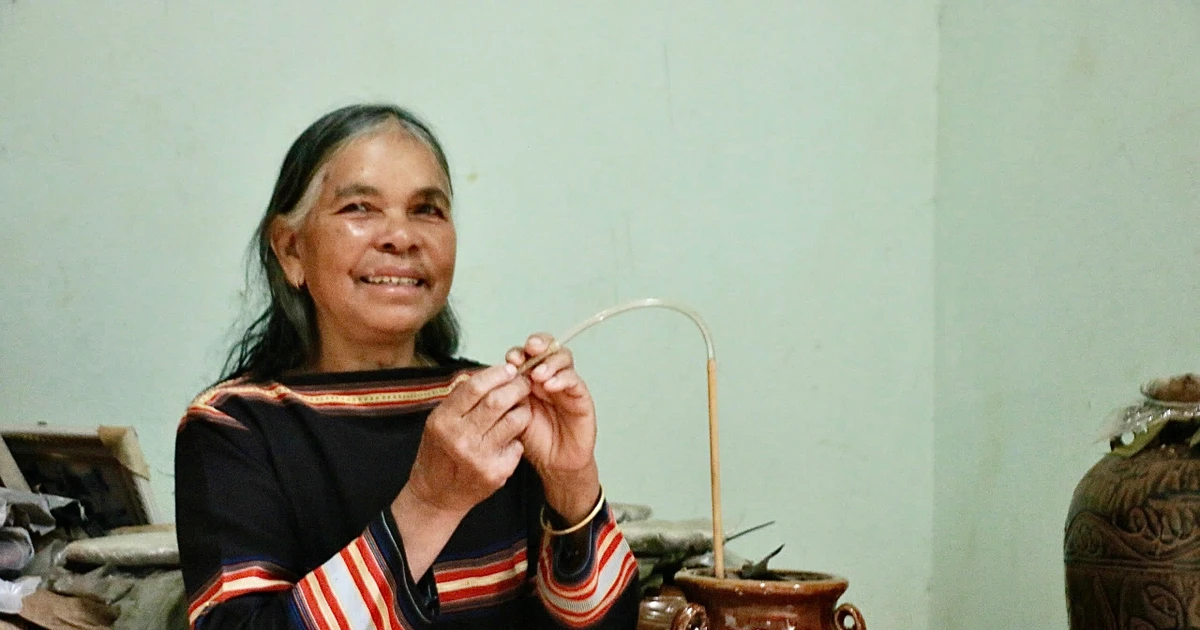








Comment (0)